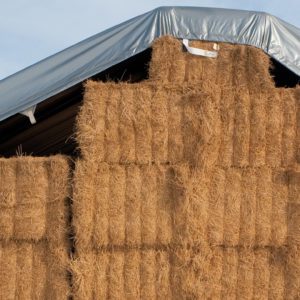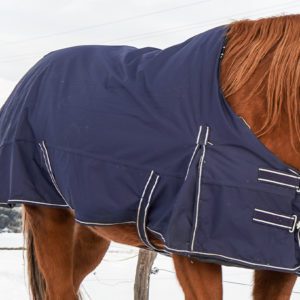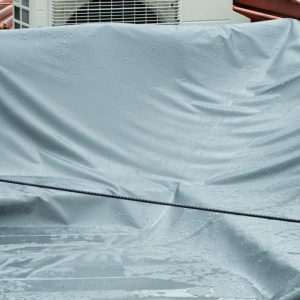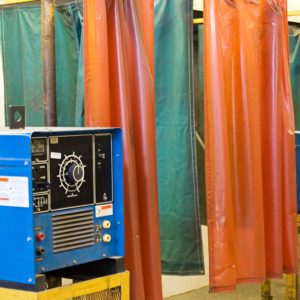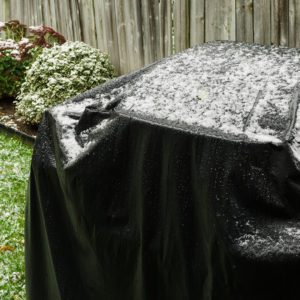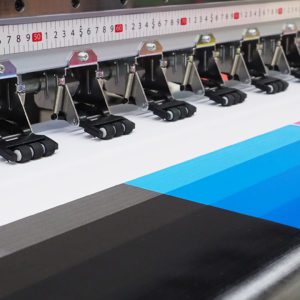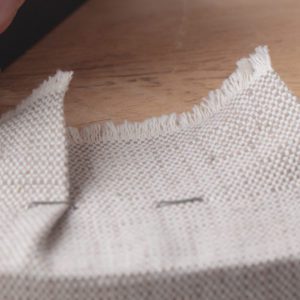Overview
It’s time we unravel the misconception that cotton yarn sizing is tricky and iron out the indirect number system once and for all. At first glance, cotton yarn sizes can make anyone’s head spin. But with a healthy understanding of cotton yarn basics, determining the right size is a breeze.We know, we know – understanding yarn sizes can be tricky. Let’s take a few minutes to get down to basics and illustrate the indirect numbering system used to measure yarn size.
Cotton Yarn Sizes
Cotton yarn is a continuous strand of staple fibers that vary in size and quality. When discussing cotton yarn size, it’s important to know how many single staple fibers or “singles” make up the yarn. Singles are twisted or plied together to create different sized yarn; 5s (five singles), 10s, 20s and 30s are considered large, while 40s, 60s, 80s and up are considered small/fine.
This is considered an indirect cotton yarn size numbering system:
- The higher the yarn number (or count), the finer or lighter the yarn size.
- The lower the yarn number (or count), the coarser or thicker the yarn size.
- The numerical value of the singles corresponds to the number of yarns visible per square inch.
This is why the larger numbers represent smaller/finer yarns. Cotton yarn sizes are analyzed using a pick glass, which is also used to calculate thread count. Thread count for both knits and wovens is determined by counting yarns per inch in both directions.
Large yarns under 40s are spun dry while small/fine yarns over 40s are spun wet to avoid breaking. Small/fine yarn above 40s will produce the tightest construction, which is ideal for printing.
Summary
Using the indirect number system, cotton yarn sizing is a breeze. When you break it down, “singles” simply means how many individual staple fibers are visible per square inch. Remember, the smaller the number of singles the larger the yarn. 5 singles (5s), 10s, 20s and 30s are considered large, while 40s, 60s, 80s and up are considered small/fine. If you need to calculate the thread count, it’s as easy as counting the yarns per inch in both directions.
